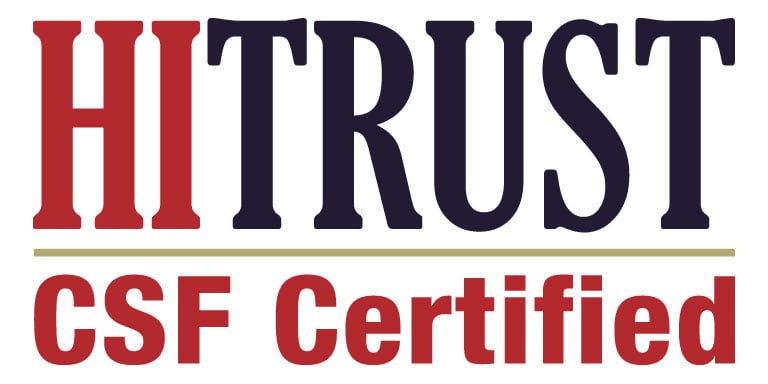
The growth of “big data” has revealed one undeniable truth: the more data available, the better the insights and the more that you can learn. That is certainly the case in the healthcare industry where biopharma, health plans and providers are generating, consuming and collecting more data than ever before.
Traditional data sources like electronic health system records (EHR), claims, and labs spurred a wave of population health efforts in the early 2000's. These programs promised to reduce costs and improve outcomes for patients, but were based on models of care for a hypothetical average patient. And yet as we all know, no one is average.
According to a report from EMC and IDC, by 2020 the amount of patient data will reach more than 2,300 exabytes, or a stack a computer nearly 5,500 miles high [1]. This estimate takes into consideration traditional sources of data, like EHRs, along with newer sources of data like medical imaging and wearables. But there is another wave of new data that has gained steam in recent years—genetic and genomic data. These newer data types have created excitement in companies across the care continuum and there are announcements of new initiatives and partnerships every week aimed at harnessing the power of these new data types and combining them with more traditional data to unlock value.
Data Sharing is the new norm
In March of this year, the Centers for Medicare and Medicaid (CMS) announced that Medicaid will now cover the cost genetic testing for oncology patients. This policy change came on the heels of an FDA announcement that approved broad genomic cancer tests. This decision was applauded by the healthcare community, as genetic testing previously had been prohibitively expensive for patients. Covering these types of tests will ultimately incentivize innovation in genetic testing and give patients more data on their specific disease in order to better identify treatments that will work for them.
The National Institutes of Health (NIH) is also jumping into the effort to make more patient data available to researchers with its recently launched All of Us Research Program. The NIH is seeking to have a million people across the U. S. voluntarily enroll in the program to compile a diverse database from a wide range of people that will compare genetics, lifestyles and environments of people from varying backgrounds. According to All of Us , the mission of the project is to “accelerate health research and medical breakthroughs, enabling individualized prevention, treatment, and care.” In the end, this data set will represent the largest voluntary longitudinal data set open to researchers. NIH Director Dr. Francis Collins feels confident the project will alter the practice of medicine in profound ways.
The next big step
The CMS genetic testing announcement and the All of Us program are encouraging steps toward the expansion of patient data. Among other things, increased access to -omic level data, combined with more traditional data sets creates new opportunities to derive insights that can power the practice of precision medicine.
And other healthcare organization are taking note. Geisinger CEO David Feinberg recently announced that their patients will not pay for any costs upfront for DNA sequencing [2]. And despite its recent acquisition by Roche, Flatiron will continue to partner with other biopharma companies, as evidenced by its recent announcement of a three-year collaboration with Bristol-Myers Squibb around real-world evidence [3].
While the creation and gathering of this data is essential, the next big step is understanding the new and innovative technologies, like AI and machine learning, that are going to be integral in making sense of these massive, multi-modal data sets with the ability to scale and impact care.
The breadth and depth of data holds enormous promise for helping to improve the healthcare system and provide more targeted treatments for patients. But that can only be possible if the right tools are used to mine and unlock the value in the data. Because in the end the holy grail is that the right patient receives the right treatment at the right time.
[1] Harmony Healthcare IT. 2017. Health Data Volumes Skyrocket, Legacy Data Archives On The Rise. HealthData Archiver. [Online] May 3, 2017. [Cited: 5 9, 2018.] https://www.healthdataarchiver.com/health-data-volumes-skyrocket-legacy-data-archives-rise-hie/.
[2] Arndt, Rache Z. 2018. Geisinger CEO: Routine DNA sequencing will save money. Modern Healthcare. [Online] May 7, 2018. [Cited: May 9, 2018.] http://www.modernhealthcare.com/article/20180507/NEWS/180509934.
[3] Hale, Conor. 2018. Bristol-Myers Squibb and Flatiron to collaborate on real-world data standards for regulatory decisions. FierceBiotech. [Online] May 2, 2018. [Cited: May 9, 2018.] https://www.fiercebiotech.com/biotech/bms-and-flatiron-to-collaborate-real-world-data-standards-for-regulatory-decisions.

